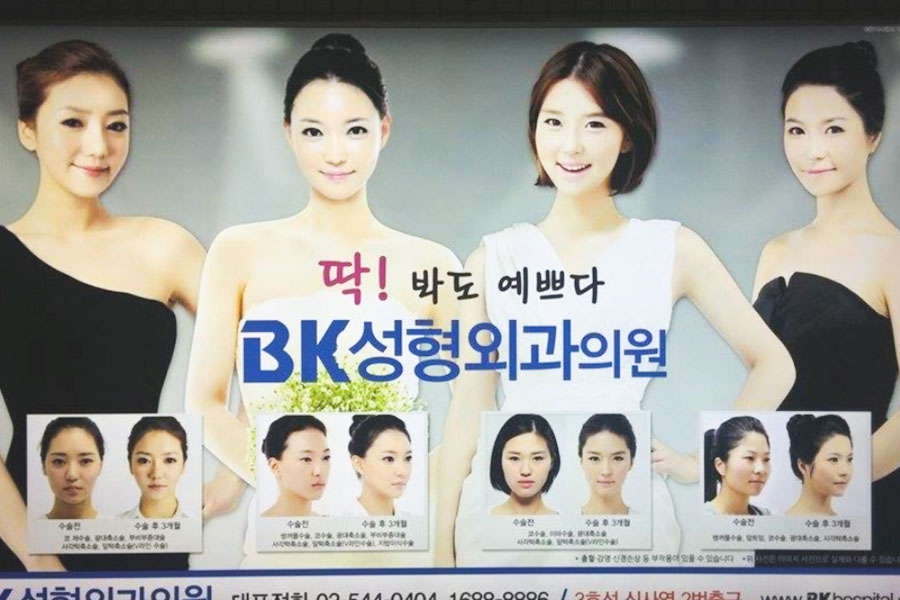Alright. So you've done your research, picked your clinic, and have scheduled your appointment for your cosmetic services in Korea. (If you haven't done so yet, read my first post on plastic surgery and cosmetic dermatology services in Korea for foreigners!) For my first round of procedures, I chose Dr. Woo and Hann's Skin Clinic (우태하 한승경 피부과) located in Galweol, Yongsan. Since I live about 5 hours from Seoul, I came up Friday night and scheduled a Saturday morning appointment. For convenience, I stayed at the Kimchee Seoul Station Guesthouse since it's located right behind the clinic.
Saturday morning, I rolled out of bed (no makeup allowed!) and around the corner to the clinic. At 9am, clients had already begun to filter in. I checked in on the 3rd floor (Laser Center) for my 9:30 appointment. The staff was very prompt, and had me pay before beginning any of my treatments that day. After having a quick second consultation with Dr. Lee to recap our plan for the day, I was taken into the Laser Center area itself. There, a woman who spoke English very well took me to a small locker room and gave me a gown and a robe to change into. Everything was very neat and tidy, and was split between two rooms. The main area was a powder room with sinks, toiletries, and a large mirror while the other, smaller area was for changing. The changing area had around 12 large lockers in which guests could safely store their clothing and belongings while receiving treatments. The assistant told me to wash my face as well, but because I didn't have any makeup on, she said just rinsing with water was fine.
As I would be having laser hair removal on my bikini, I undressed completely under the gown and robe. If you're having treatments where they'll need to access your arms or underarms, make sure they give you a pink under layer that is sleeveless! The blue robe with sleeves goes over the pink, and there are slippers located underneath the link.
When I stepped back out of the locker room, my "guide" was ready with another assistant to escort me down the hall to one of the treatment rooms. The first room I was taken to wasn't particularly large in size, but was equipped with a medical reclining chair and some equipment. My second assistant didn't speak much English, but I discovered the purpose of this room was to apply all of the numbing cream in my treatment areas. She covered my underarms, bikini line (awkward!), and forehead. The broken blood vessels to be treated on my face were not numbed. When she finished, I was left to sit for 30 minutes while the cream took effect.
 |
| Sitting and waiting for my treatment to start... TIP: You can bring your phone with you. Both my gown and robe had pockets, and I was really bored sitting for 30 minutes with nothing to do! |
After thumbing through a few of the Korean fashion magazines stacked beside me, my quiet assistant returned and scraped off all of the cream. She then took me to a similar, neighboring room for the broken blood vessel treatment. Dr. Lee came in with yet another assistant, and they got right to work. If there's one thing I'll say about Dr. Woo & Hann's Skin Clinic, it's that they're a very well-oiled machine! Here's how my treatments went:












